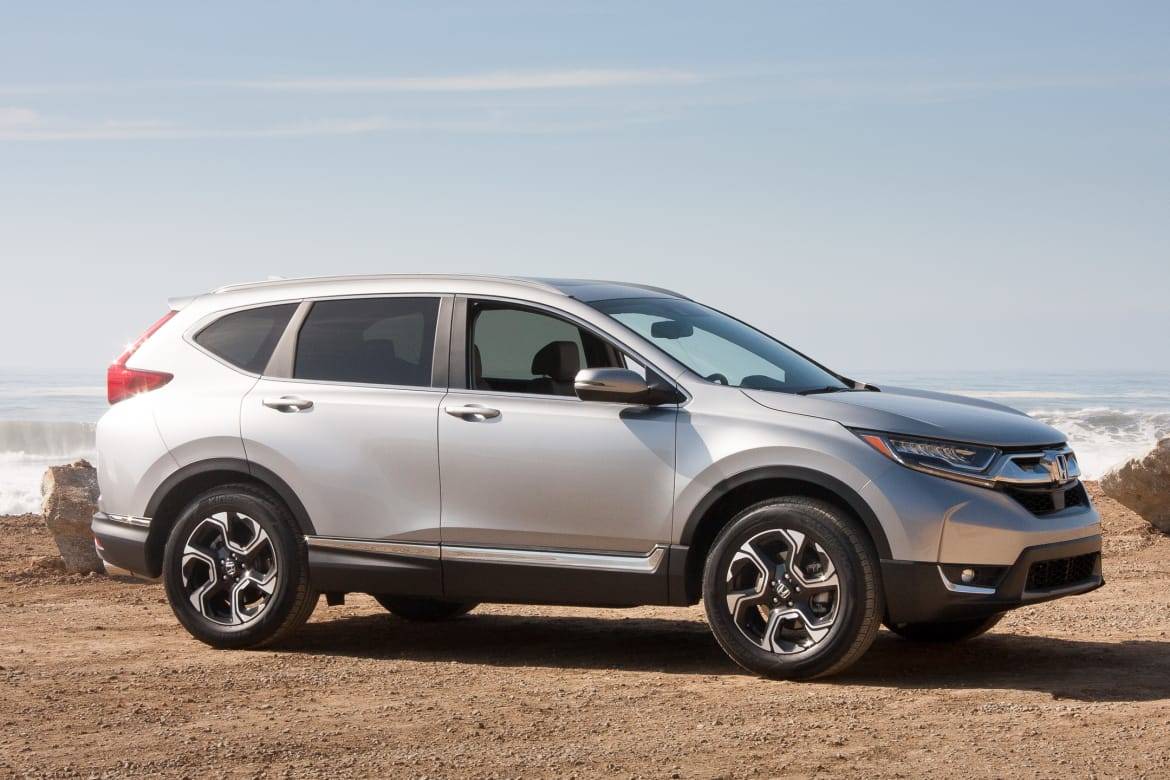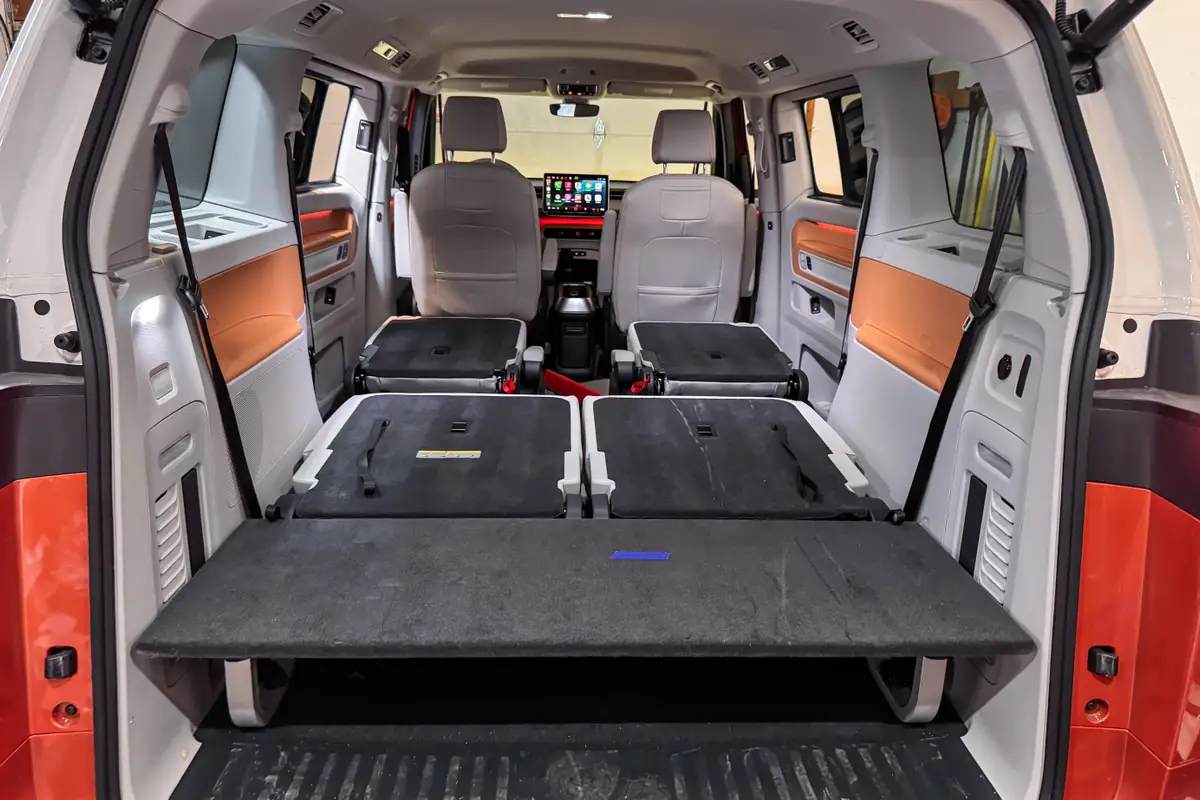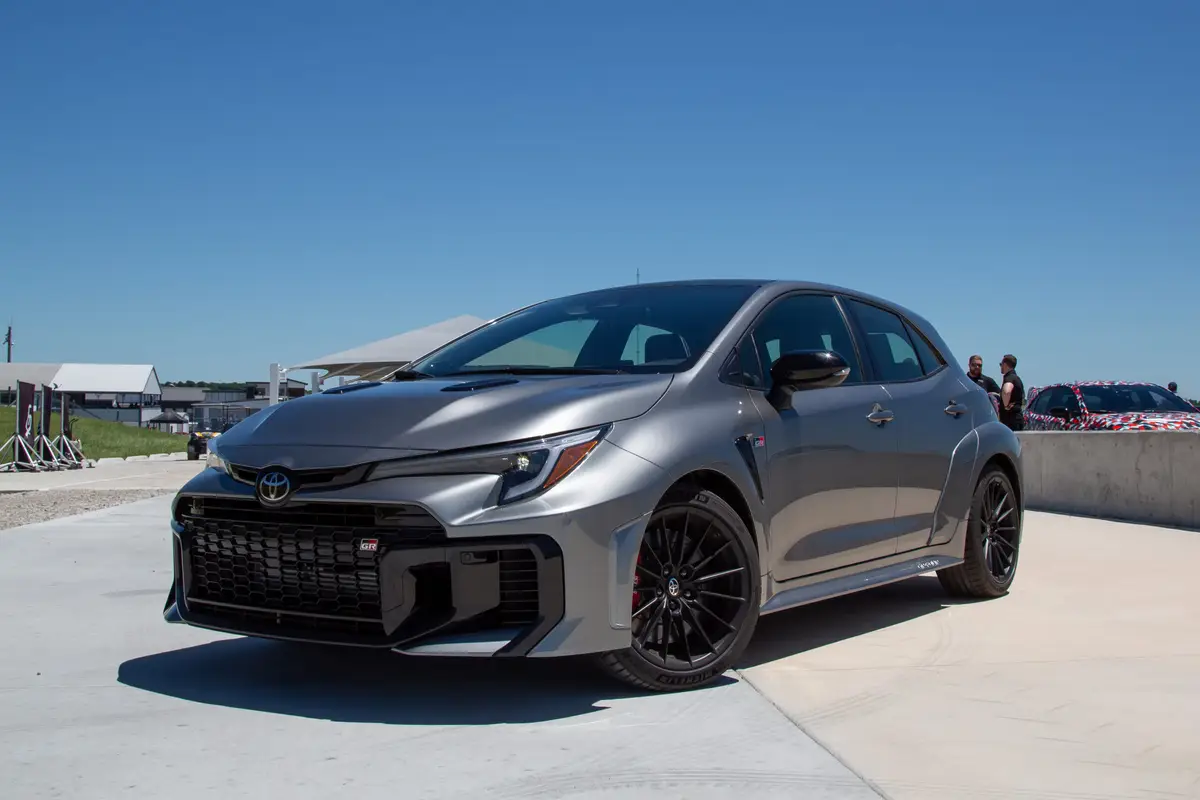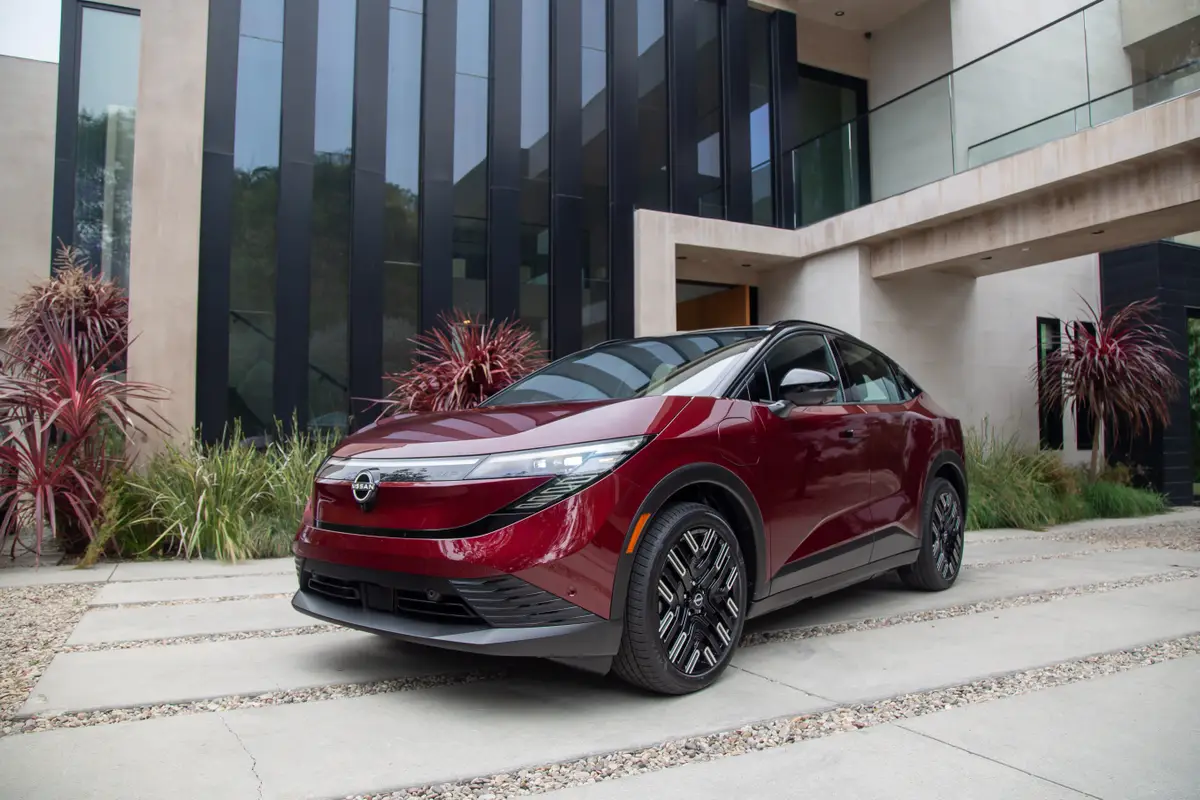Fix Coming for Honda CR-V Oil-Fuel Problem; Details Still Unclear


An engine problem has some owners of 2017-18 Honda CR-Vs complaining, and regulators have yet to launch an investigation into the problem. Honda claims it will have a solution available in November for 2017-18 models and plans to remedy model-year 2019 cars from the factory, but the automaker stopped short of saying it would issue a recall.
Related: Honda CR-V Vs. Toyota RAV4: Which Fits Car Seats Better?
Consumer Reports reported the problem Oct. 5 after nine subscribers who own model-year 2017-18 CR-Vs with Honda’s turbocharged 1.5-liter four-cylinder told the magazine that gasoline was leaking into the oil. The two aren’t normally supposed to mix: Oil lubricates most of your engine except the combustion chamber, where fuel undergoes controlled explosions that ultimately rotate the wheels.
If fuel leaks into oil-bound areas, the outcome might look like what CR-V owners are telling Consumer Reports and the National Highway Traffic Safety Administration: dipstick oil that smells like fuel, excessively high readings on their oil dipsticks, fuel odors in the cabin or, in some cases, engine hesitancy or stalling. Oil dilution can also reduce the effectiveness of the oil to lubricate your engine, leading to increased engine wear.
What Owners Should Do
Anyone who owns 2017-2018 CR-Vs with the 1.5-liter engine should keep an eye on their SUV’s oil levels, Consumer Reports says. Also look for related signs: a smell of gas in the cabin, engine stalling or hesitancy, or heaters that don’t work as well in cold weather. If you experience this, Consumer Reports advises you take your car to the dealership and say you know that Honda hopes to have a fix come November. Report the problem to Honda and NHTSA, and, if Honda fails to remedy your situation, you could consider pursuing your state’s lemon law or taking the automaker to small-claims court, the organization says. CR-V shoppers, meanwhile, might consider waiting until the 2019 model year to purchase one.
Honda hasn’t named the exact problem, but a recall in China earlier this year involved similar oil-fuel mixtures in the CR-V and Civic with the turbo 1.5-liter engine. Honda’s solution was reportedly to update fuel-injector software.
Honda spokesman Chris Martin told the magazine that the automaker is aware of “irregularly high oil levels in certain 2017-2018 Honda CR-V vehicles equipped with 1.5-liter engines,” but it can’t simply apply the China fix because it needs more time to investigate “how seemingly-similar symptoms may affect those different configurations and to identify the best strategy for addressing them in each particular market.”
Citing engineers the magazine consulted, Consumer Reports’ Jeff Plungis said the issue in the U.S. CR-V could stem from errant fuel injectors or insufficient engine warming. Both scenarios could leave unburnt fuel on the cylinder walls, which can eventually mix with oil outside the combustion chamber.
Engine-related problems account for some 30 percent of all grievances in NHTSA’s database for the 2017-2018 CR-V, racking up 111 out of 370 complaints as of Oct. 10. Concerns of gasoline leaking into the oil were responsible for 87 of them, Cars.com found. That’s a relatively small figure, given the CR-V’s popularity. With some 278,000 sales through September, the SUV is the automaker’s best-selling model by a significant margin. But complaints could increase: Plungis said that in the days following CR’s reporting, the magazine has fielded several additional complaints from subscribers who are experiencing the problem.
Cold Weather Only?
The complaints come “primarily from the northern areas of the country during extreme cold weather conditions combined with short, intermittent driving,” Honda’s Martin told Cars.com in an email. “Honda has been investigating the situation and developing a remedy, which we hope to make available through authorized Honda dealers by mid-November 2018, before extreme cold weather returns to many areas of the United States.”
But Plungis is skeptical that the issue occurs only in cold weather.
“We’re getting some [reports] in cold-weather states [but] we’re getting some in Texas in the winter,” he said. “We’re getting some more complaints from our members on our website where they can log their stories, and at least a couple of those are in the summer. So, it’s far from clear that it’s just a cold-weather problem.”
Whatever the fix, Honda will make it available to model-year 2017-18 owners and install it in all model-year 2019 CR-Vs from the factory before that vehicle goes on sale, Martin wrote. The automaker “has no reason to believe” the issue affects safety or regulatory noncompliance, he added, calling for concerned customers to visit their nearest dealer for an inspection. Any service or repairs would come under warranty, and a supplemental oil change might be recommended if unusually high oil levels persist.
“Please note that the irregular high oil level condition is not as widespread as some internet chatter may imply,” Martin wrote. “We want to reassure any concerned customers that we have no reason to believe that it affects the safe operation of a vehicle.”
More From Cars.com:
- Honda CR-V Fuel-Oil Defect: Fix Coming Late
- 2019 Honda CR-V Review: A Leader Losing Its Lead
- What’s the Best Compact SUV of 2019?
- Which SUVs Have the Best Pedestrian Detection Systems?
- More Honda CR-V News
As of right now, NHTSA has yet to launch an investigation into the matter; a spokesman did not clarify to Cars.com any pending action on the matter. Plungis thinks it’s unlikely that regulators will take action, as the problem hasn’t raised major safety concerns just yet.
It’s unclear if Honda’s solution will involve a full recall or a more limited service campaign for owners with the 2017-18 CR-V with the 1.5-liter engine.
“That is definitely one of the things we’ll be watching,” Plungis said. “Is this a fix for everyone, or just a small subset of vehicles? Is it something that Honda is going to publicize so CR-V owners know that it’s out there and available for them, or are [owners] going to have to ask for it – to know the secret code when they go into the dealer? And is it going to be free?”
For now, that remains unclear.
Asked if Honda would remedy all CR-Vs in question or just a subset of the cars in circulation, Martin told Cars.com the automaker “will communicate more details about the remedy plan” once things are final.
Cars.com’s Editorial department is your source for automotive news and reviews. In line with Cars.com’s long-standing ethics policy, editors and reviewers don’t accept gifts or free trips from automakers. The Editorial department is independent of Cars.com’s advertising, sales and sponsored content departments.

Former Assistant Managing Editor-News Kelsey Mays likes quality, reliability, safety and practicality. But he also likes a fair price.
Featured stories




